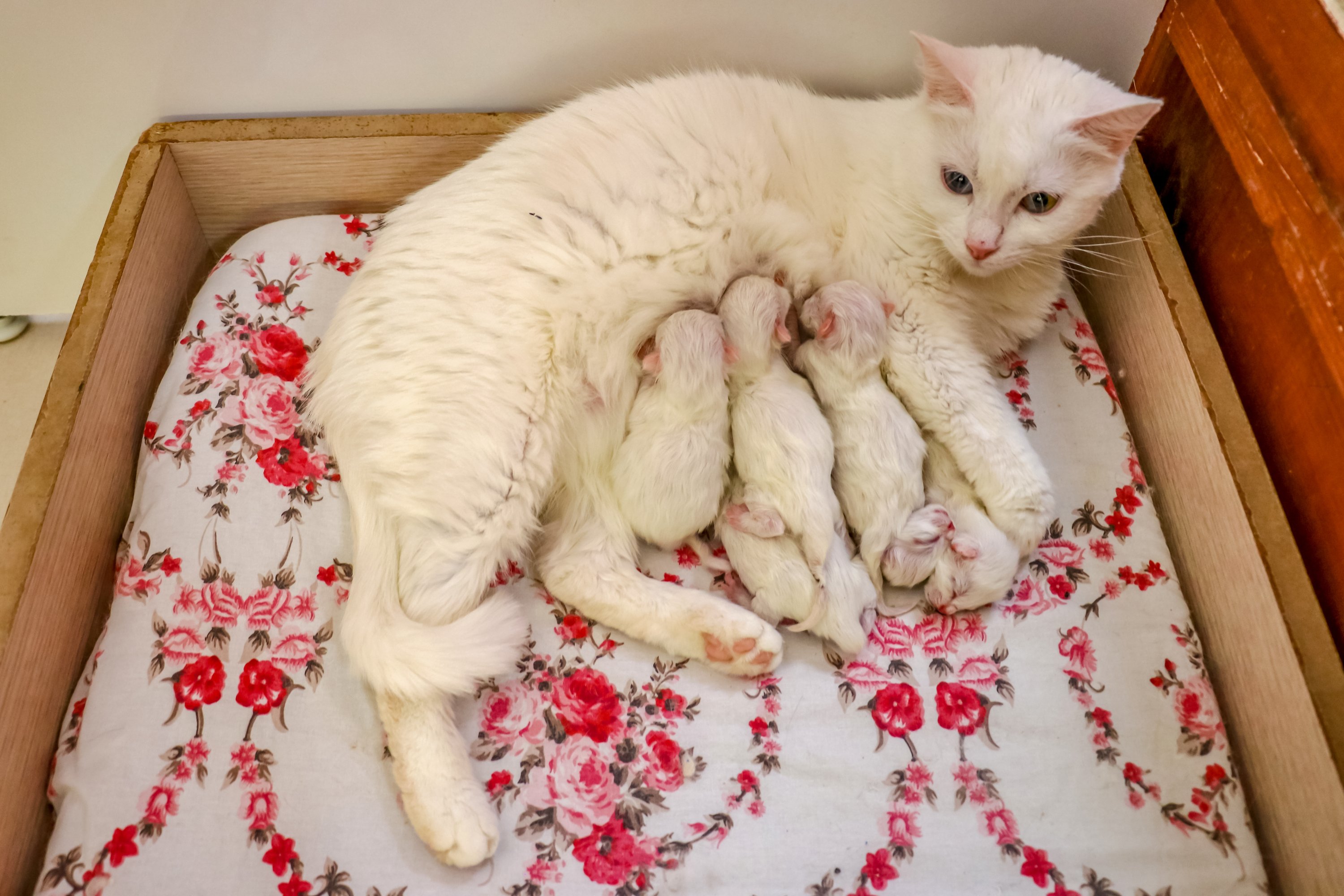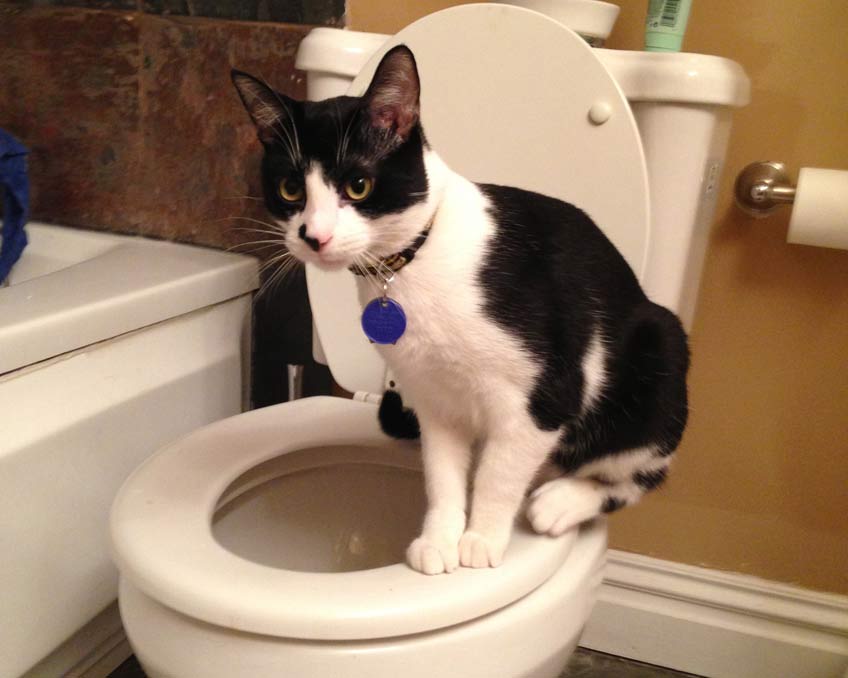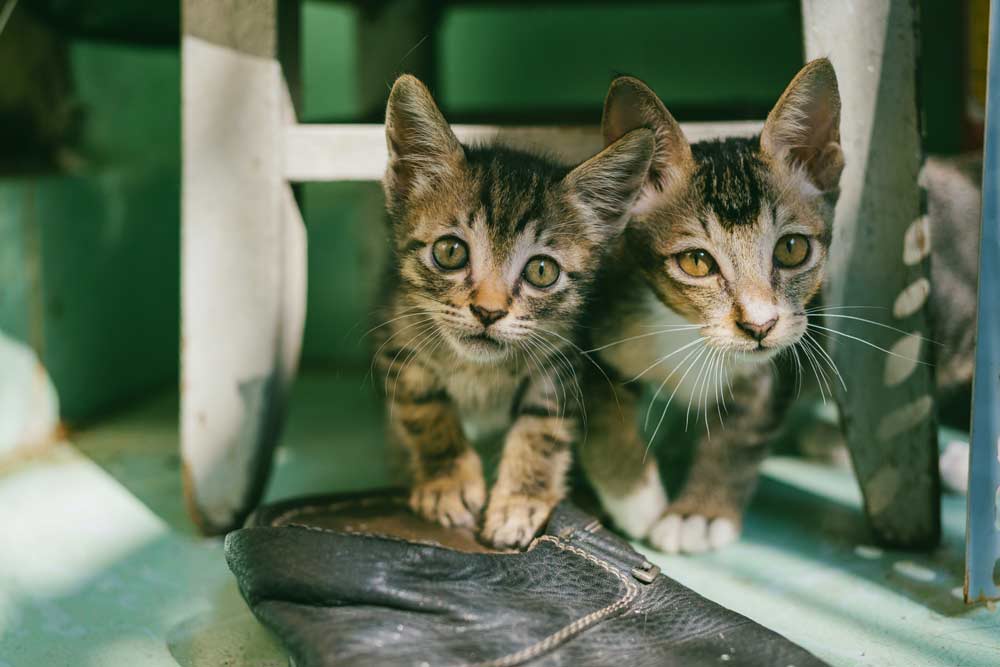Cat giving birth: have you ever witnessed the miracle of a mother cat giving birth? It’s a truly heartwarming sight, watching a new generation of playful, curious kittens enter the world. Whether you’re a seasoned cat owner or a first-time feline companion, the prospect of welcoming new furry additions can be both exciting and a little daunting. This comprehensive guide aims to equip you with the knowledge and confidence to navigate your cat’s pregnancy, birth, and early kitten care journey.
Throughout this journey, remember that you’re not alone! This guide will serve as your trusted companion, offering clarity and support every step of the way. We’ll explore everything you need to know, from understanding the signs of pregnancy to preparing for the birth and caring for the precious new arrivals. So, let’s embark on this heartwarming adventure together!
Understanding Feline Pregnancy: A Guide for New Arrivals
The feline reproductive cycle is fascinating. Unlike humans, cats have a relatively short gestation period, typically lasting between 63 and 68 days. However, this can vary slightly depending on the breed and individual cat. Litter size can also range, with an average of four to six kittens, but litters as small as one or as large as ten are not uncommon.
Now, how do you know if your beloved feline friend is expecting? While some cats might announce their pregnancy quite literally with increased vocalizations, others may be more subtle. Here are some subtle and definitive signs to watch out for:
- Behavioral changes: Your usually playful cat might become more affectionate or even seek out solitude. Some cats might exhibit nesting behaviors, searching for quiet, cozy spots to prepare for the birth.
- Physical transformations: As the pregnancy progresses, your cat’s belly will begin to round out. Her nipples might become more prominent and appear pink or even reddish.
- Hormonal fluctuations: Some cats might experience morning sickness similar to humans, exhibiting occasional vomiting or loss of appetite.
If you suspect your cat is pregnant, it’s crucial to confirm the pregnancy with a visit to your veterinarian. They can perform a physical examination or an ultrasound to confirm the pregnancy and estimate the due date. Prenatal care is essential for ensuring the health of your cat and the developing kittens. Your veterinarian will advise you on proper nutrition, safe exercise routines, and parasite control measures to keep your cat healthy throughout her pregnancy.
Preparing for the Big Day: Welcoming Your Feline Family
The weeks leading up to your cat’s due date are a whirlwind of excitement and anticipation. As your furry friend prepares to welcome their precious kittens into the world, you can play a crucial role in ensuring a smooth and comfortable birthing experience. Here’s what you need to know to create a supportive and nurturing environment for their big day:
Nesting Instinct in Action – Creating a Cozy Haven
Cats are natural-born nest makers, and their nesting instinct kicks in particularly strongly towards the end of their pregnancy. They’ll instinctively seek a quiet, secure location to give birth and raise their young. To cater to this natural behavior, creating a designated “kittening box” is crucial.
The Ideal Kittening Box
- Choose a sturdy cardboard box large enough for your cat to comfortably lie down and turn around.
- Line the box with soft, absorbent materials like shredded newspaper or unscented puppy pads. Avoid using towels or blankets, as kittens can easily get tangled in the fabric.
- Place the box in a quiet, private location away from foot traffic and loud noises. This could be a spare room, a closet, or a quiet corner of your home.
- Provide multiple exits in the box by cutting small openings on opposite sides. This allows the mother cat easy access and escape if needed.
Top Tip: To encourage your cat to use the designated box, place a few pieces of bedding used in their current sleeping area inside the kittening box.
Supplies & Essentials – Be Prepared for Anything
Just like packing a hospital bag for yourself, having essential supplies readily available will ensure a smooth birthing experience for your cat. Here’s a checklist to help you stay prepared:
- Fresh towels and blankets: These can be used to keep the kittens warm and clean.
- Heating pad: Set on low and covered with a towel to provide supplemental warmth for the kittens, especially if the weather is cold.
- Digital thermometer: To monitor your cat’s temperature, as any significant changes could indicate potential problems.
- Weighing scale: Track the kittens’ weight gain to ensure they are developing properly.
- Kitten formula and feeding syringes: In case your cat is unable to nurse or there are more kittens than she can comfortably feed.
- Emergency contact information: Have your veterinarian’s phone number and any other emergency contact information readily available.
Minimize Stress, Maximize Comfort – Setting the Stage for a Calm Birth
Giving birth is a natural process, but it can be stressful for any animal. To ensure your cat feels comfortable and secure during the birthing process, creating a calm and quiet environment is crucial. Here are some tips:
- Minimize disruptions: Avoid loud noises or excessive handling of your cat during the birthing process.
- Provide familiar comforts: Place familiar items like their favorite bed or toys in the vicinity of the kittening box.
- Be patient and observe: It’s important not to interfere with the natural birthing process unless necessary.
- Offer gentle support: You can provide soothing words and a calming presence near the kittening box, but let your cat take the lead.
Remember, being prepared and offering a quiet, supportive environment can significantly contribute to a stress-free birthing experience for your cat and a healthy start for your soon-to-be feline family. If you have any concerns or questions, consulting your veterinarian is always a wise decision.
Other Interesting Articles
- How to Make Your Cat Really Happy: 29 Tips You May Try
- How to Train Your Cat to Stop Urine Marking? 12 Tips
- How Do Cats Communicate Each Other? 11 Body Language
- 24 Ways To Know If You Have An Extremely Happy Cat
- What Smells Do Cats Hate: 34 Scents You Must Avoid
- Everything You Need To Know About Cat Territory Marking
- 12 Reasons Why You Should Adopt A Second Cat
- 12 Reasons Cats Pee Outside the Litter Box: How To Solve
- 14 Reasons Why Cats Overgroom: Surefire Ways To Stop It
- Why is My Cat So Clingy? 13 Common Signs: 9 Caring Tips
- Is Your Cat Bored? 12 Common Signs: What You Can Do
- Stress in Cats: Causes, Symptoms, Remedies, Treatment
- 17 Common Signs Your Cat is Lonely: 10 Tips To Help Recover
- 14 Reasons My Cat is Acting Strange & Scared: What to Do?
- How Do Cats Hunt Their Prey, Mice, Bird, Fish, Rat For Food?
- How To Introduce A New Kitten To An Older Cat: 16 Tips
- 15 Reasons Why Do Cats Lick and Groom Each Other
- Domesticated Cats And Big Cats: 24 Similarities, Differences
- 21 Interesting Facts You Should Know About Feral Cats
- How to Socialize a Feral Kitten in 10 Simple Steps




